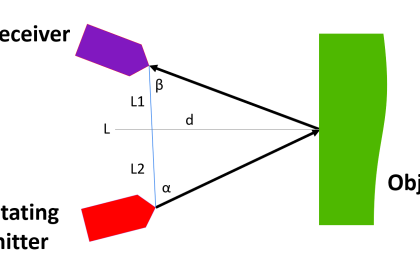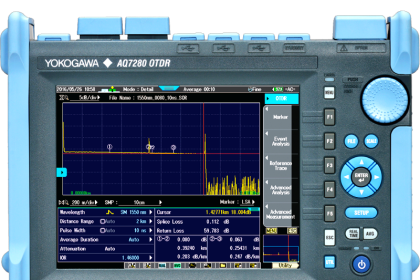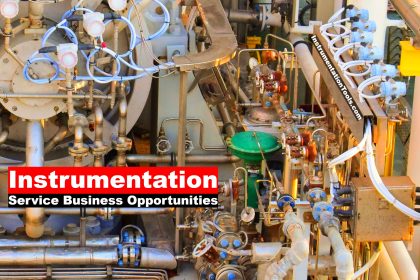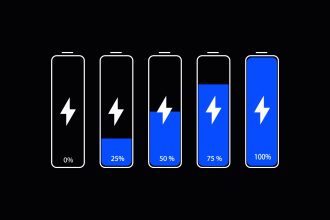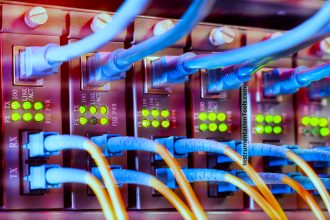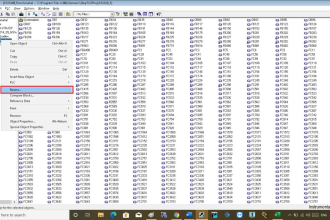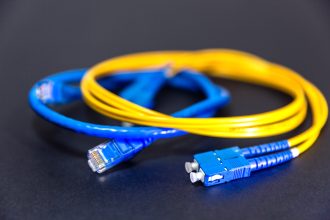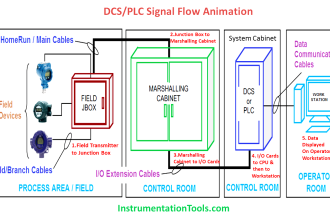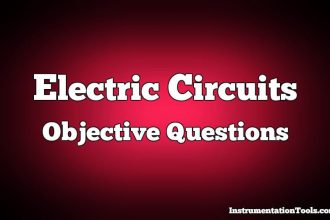If you visit a diagnostic lab, but they don’t have most of the machinery required to get your tests done, you will certainly be disappointed and won’t visit again because it doesn’t give the right image of a reputable lab.
Auto Repair Shop
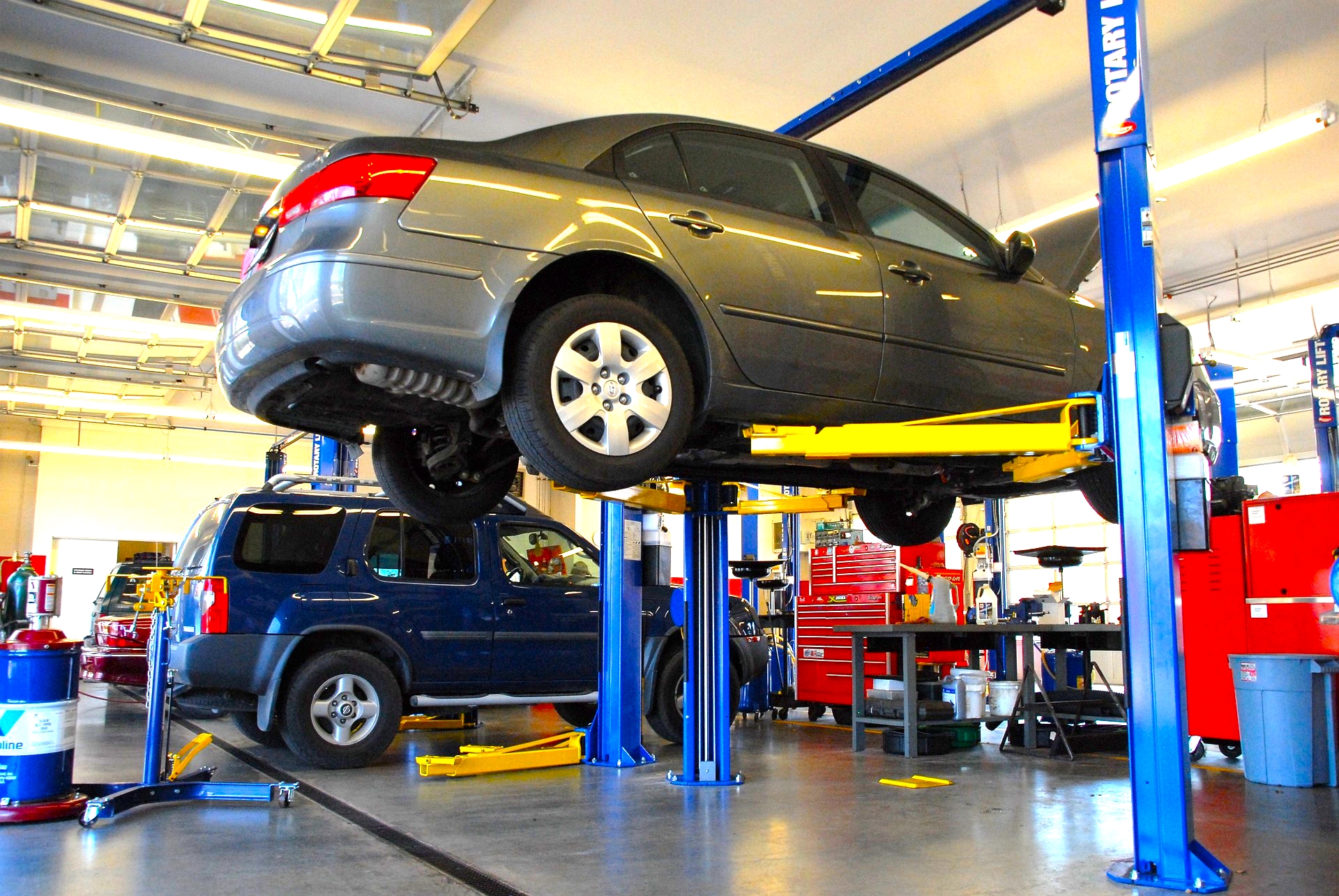
The same is the case with an auto repair shop. If you have recently opened an auto repair shop, but you don’t have the necessary tools and equipment to complete all the tasks efficiently and successfully, you will lose customers and a huge chunk of profit.
To be victorious like this car paint shop in Miami that has all the tools and expertise to get the job done flawlessly, we’ll share the types of equipment and tools to run a successful auto repair shop. Also, here you’ll find tips to choose the right requirement for your shop, so read on.
Tools and Equipment
Running an auto repair shop requires a comprehensive range of tools and equipment to ensure you can provide the best services possible to your customers.
Here is a list of essential equipment that you may need:
- Vehicle Lifts: These are crucial for elevating vehicles for undercarriage repair and inspection. Types of lifts include two-post lifts, four-post lifts, scissor lifts, and alignment lifts.
- Diagnostic Equipment: Modern vehicles rely heavily on computer systems, making diagnostic tools essential. These can include an Onboard diagnostics (OBD) scanner, multimeters, and oscilloscopes.
- Hand Tools: The basics like wrenches, pliers, sockets, screwdrivers, hammers, etc., are vital for any repair job.
- Air Compressor: This is needed for running many tools like pneumatic wrenches and paint sprayers.
- Tool Chest: A well-organized toolbox or chest can save mechanics time and ensure tools are always readily available.
- Tire Changer: For changing and balancing tires, specialized machines can greatly increase speed and safety.
- Welding Equipment: This includes arc welders, MIG welders, TIG welders, etc., for various body and frame repairs.
- Workbenches and Vices: These are important for setting up various jobs and holding materials in place.
- Battery Charger and Jump Starter: Essential for diagnosing and resolving battery issues.
- Oil and Fluid Drainage Equipment: To help with changing and disposing of automotive fluids.
- Brake Lathe: This is used to resurface brake rotors which can save customers money on replacements.
- Air Conditioning Service Machine: A machine to evacuate and recharge vehicle air conditioning systems.
- Pressure Washer: This is used to clean undercarriages, engines, and other components.
- Safety Equipment: This can include gloves, safety glasses, ear protection, and various types of protective clothing.
- Automotive Software: Automotive management software can assist in managing your inventory, customer appointments, invoices, etc.
- Alignment Machine: This is a crucial tool for adjusting wheel alignment. It is usually paired with an alignment lift.
- Engine Hoist/Crane: This is essential for removing or installing an engine in a vehicle.
What to Consider When Choosing Equipment for Your Auto Repair Shop?
Some of the factors such as budget, required tools, body shop, etc.
1. Consider Your Budget
Of course, equipment for an auto body shop isn’t cheap. You will need to invest a lot of money in different kinds of equipment needed to complete the job, from auto body works to auto painting equipment.
You should think about your budget and might even have to look for financing options. Don’t fall for cheap and low-quality equipment. Although high-quality equipment will be expensive, it will be worth the cost and lasts longer.
2. Make Sure the Tools Meet Your Service Requirements
Don’t just invest in any tools that you think will help your auto repair shop be successful. You will find a plethora of tools to invest in on the market. Make sure you pick the ones that help you fulfill your service requirements.
For example, if you provide paint repair and restoration services, you should have spray equipment, power tools, mandrels & adapters, and dust extraction systems. This will not only improve your productivity but also make sure you don’t invest unnecessarily.
3. Evaluate Your Body Shop
Some equipment may be large enough to fit into your shop, and buying them without thinking about how you will place them into your shop is mere foolishness.
Make sure you evaluate the layout and area of your shop before you invest in large machinery. If you need to invest in it no matter what, you can think about expanding your shop.

4. Start With the Basics
If you’re just starting your auto repair shop, you can start with the basics. Start offering only a few basic services that require a few tools and equipment.
After you have saved up money for further investment, you should definitely think about investing in high-end equipment and offering more services to earn more customers and be successful without feeling burdened or stressed out.
Types of Equipment Needed for an Auto Body Repair Shop
Some of the equipment for an auto body repair shop such as safety equipment, repair tools, painting equipment, etc.
1. Safety Equipment
Flammable fluids, moving parts of the car, and even various tools can put your workers at risk of injury. It’s imperative for you to first invest in safety equipment to ensure your and your worker’s safety.
Here’s the list of a few safety equipments.
- Goggles or protective glasses are mandatory for your worker’s eyes protection.
- Earmuffs or earplugs will protect against loud noise.
- Masks will ensure they don’t inhale any toxic substances or even dust.
- Gloves will protect their hands from substances and even sharp tools.
- High-quality, durable, and comfortable uniforms should be provided to keep workers clean and enhance their productivity.
2. Basic Equipment and Supplies
In order to help you maintain the vehicles of your customers on a day-to-day basis or even the most basic tasks, you need to have these basic tools mentioned below.
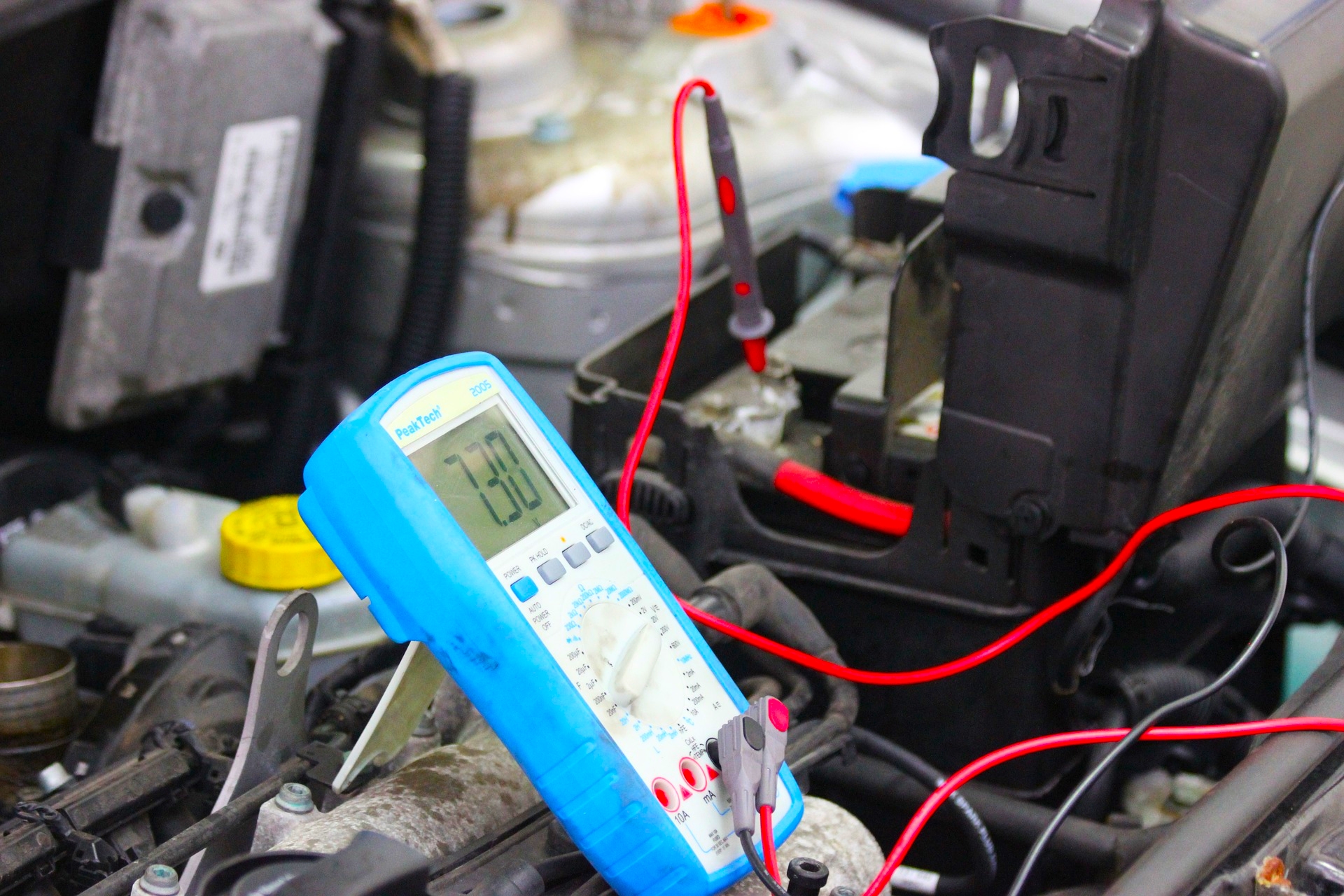
Electrical tape and binders – Not only duct tape but electrical tape and cable binders can also come in handy for auto repair shops to secure loose wires or repair electrical wiring harnesses.
Screwdrivers – Since you will be dealing with different kinds of vehicles and models, make sure you have all of the screwdrivers types from Philips, torx, and flat-head to thin screwdrivers.
Hammers – Different types of hammers will come in handy for various automotive tasks. For instance, claw hammers can be used for prying, and machinist hammers for swaging metal.
Pliers – Same with the other tools, you will find different pliers, from long-nosed to jaw pliers. Make sure to keep them with you as they will help you complete various tasks like removing small electric connectors or for a brake job.
Electronic Tools – Some electronic tools are required for testing the status of batteries such as a multimeter to read the voltage values of the car batteries.
3. Auto Body and Collision Repair Tools
You will need to handle smaller and even larger dent repairs, so make sure you have dent tools like stud guns, spreaders, and dent removal systems.
In addition to smaller repairs, you will also need to take care of massive car damages and heavy-duty tools will be required for this, like pulleys, anchor pots, and frame and body straighteners.
Another common collision repair is related to windshields, and you need to address them efficiently with tools like a caulking gun, windshield removal kit, and glass setting stick.
4. Car Painting Equipment
If you want to paint your customers’ cars to make them even better than the pre-crash or simply want to paint vehicles, here’s what you need to have with you.
Paint gun – Investing in a high-quality paint gun is important to not compromise the job quality. Keeping various spray guns will help with different jobs.
Air compressor – You will also need an air compressor with the paint gun. Make sure it has enough power to get the job done flawlessly.
Paint booth – A paint booth may be a huge investment for you. For smaller paint jobs, a paint booth won’t be required. Whereas, if your work heavily relies on painting vehicles, investing in a paint booth will be your best bet.
Other supplies – Other important tools like air hoses, replacement cups, nozzles, and paint shakers will make painting vehicles hassle-free.
Conclusion
Having all the tools and supplies available to get all automotive-related tasks done in your shop will make it a breeze for your customers and help you earn more. However, make sure you start investing slowly in equipment to not get financially burdened and slowly make your way to running a successful auto repair shop.

